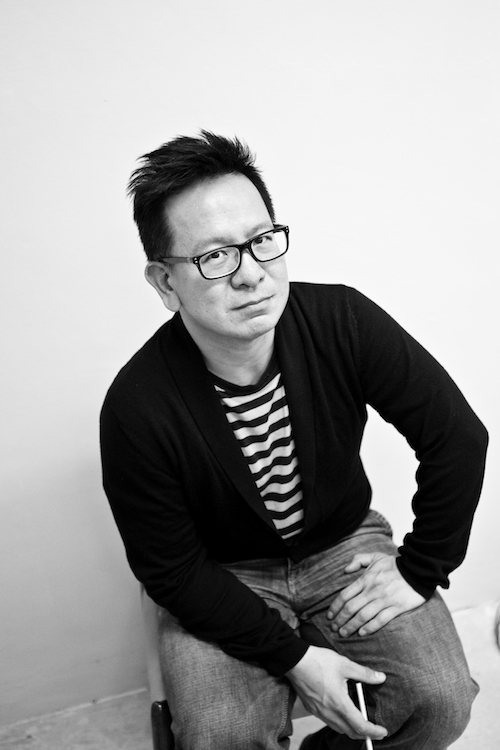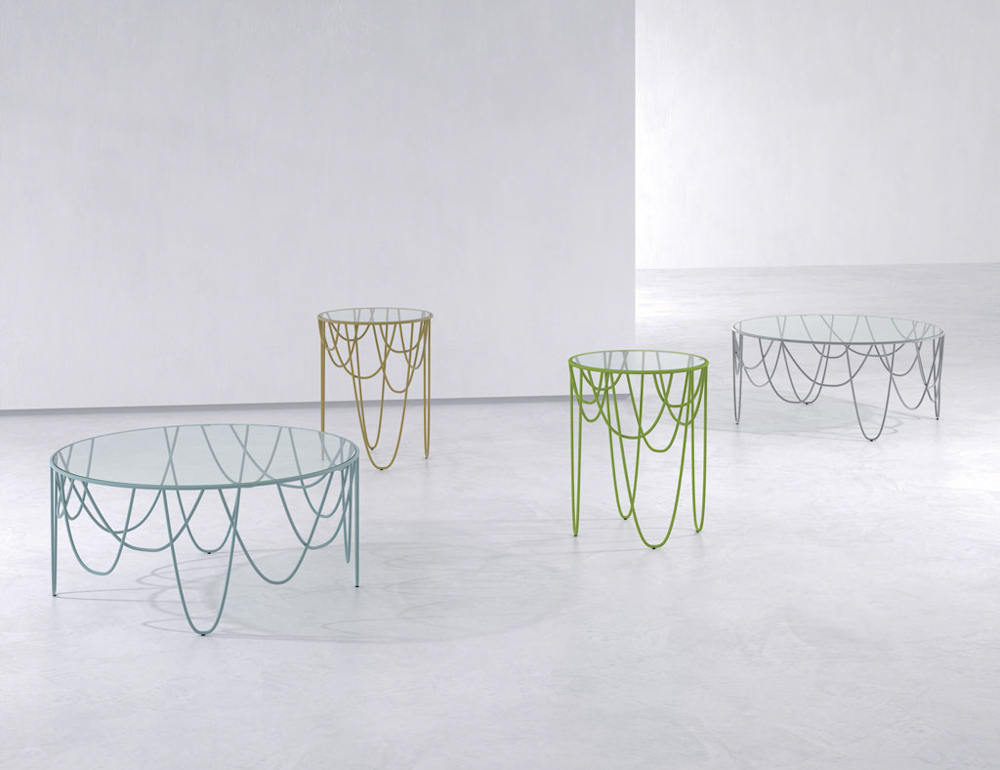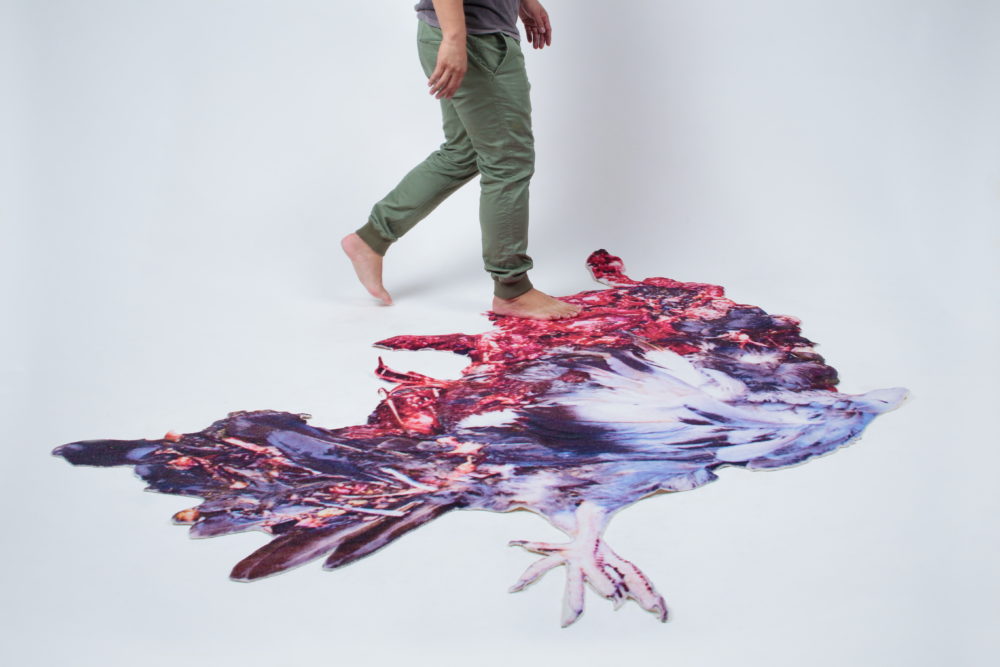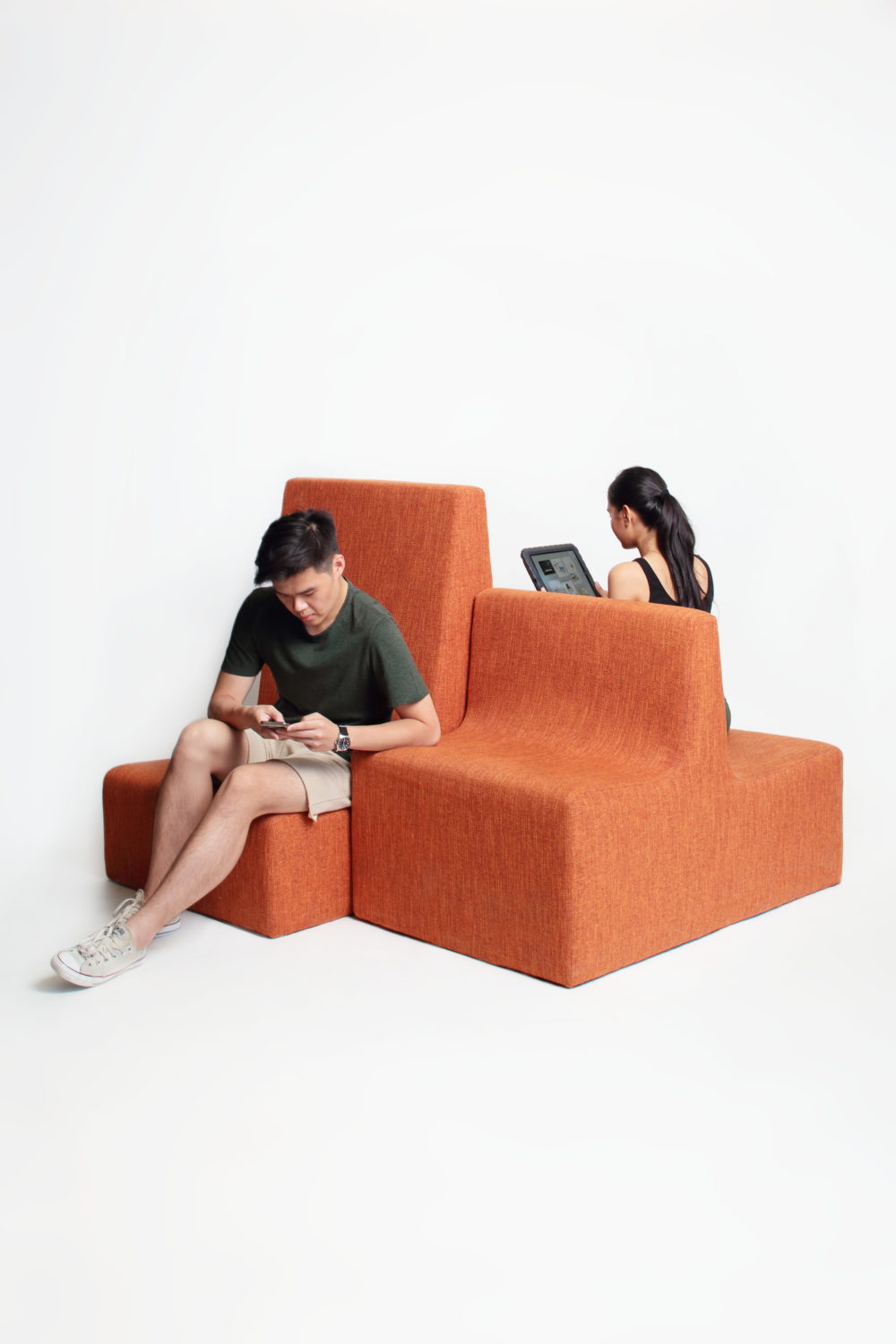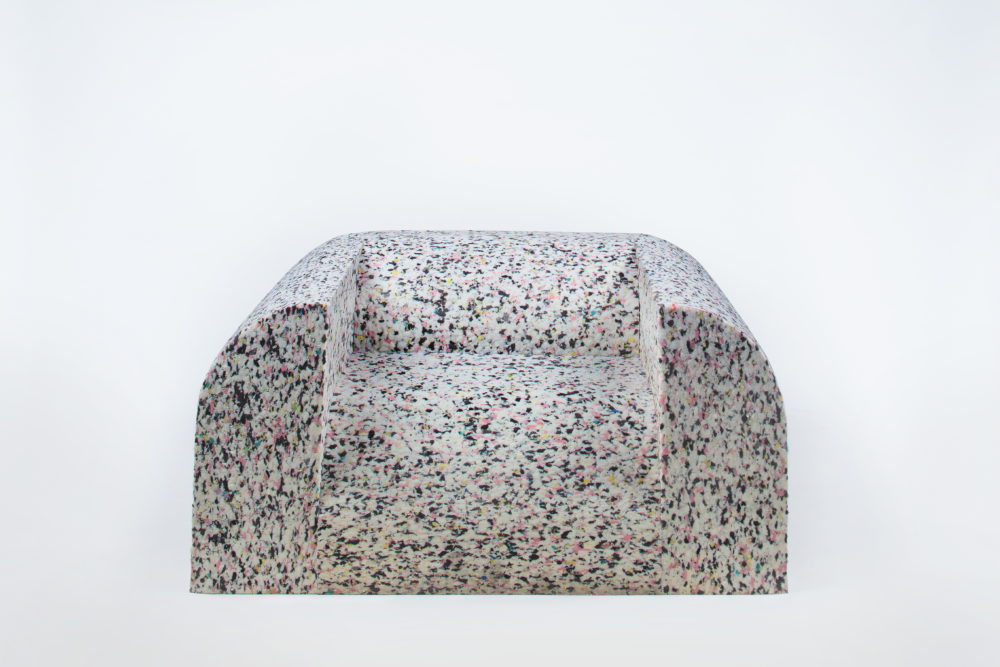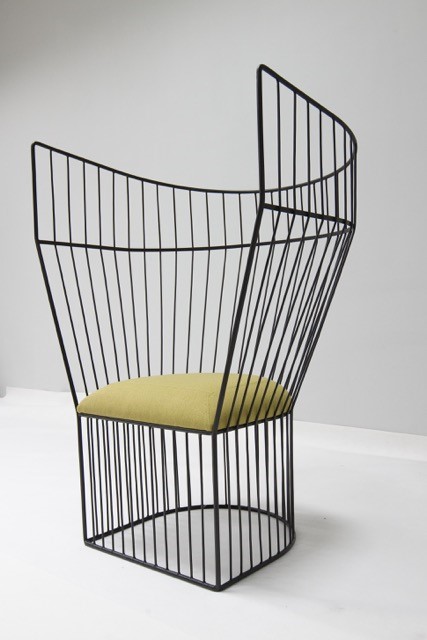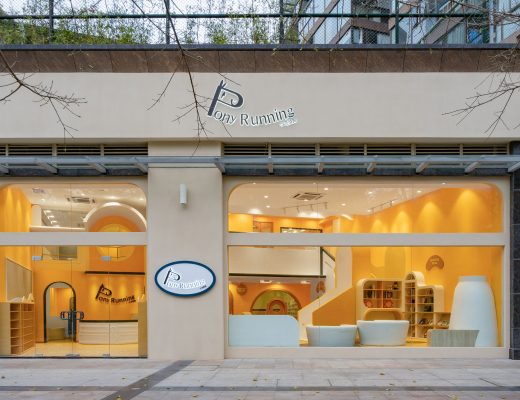Nathan Yong is one of the brightest Singapore design talents to have made an international mark. He won the President’s Design Award Designer of the Year 2008 for his outstanding contribution to Singapore’s design landscape. Since launching his career in furniture design nearly 20 years ago, Mr Yong’s pieces have been picked up by well-known global brands such as Ligne Roset, Living Divani, Opinion Ciatti and Design Within Reach. He recently opened a 1,200m² Grafunkt retail store and Raf restaurant in the new Funan Mall, which was previously located in Millenia Walk. As a practitioner in the field of product design as well as an academic at design institutes, he understands the dynamics of the sector better than most. DE51GN speaks to Mr Yong about the exhibition and what are the real challenges that product designers face in Singapore.
You’re among the few Singaporean designers who have managed to make a mark internationally. How would you describe your journey so far?
The first 10 years were arduous (1999 to 2009) as no one in Singapore knew much about product design or furniture design so to speak. And add to that, I started with a retail shop making it tougher to realise my creative output when I had to balance it with the reality of business. In hindsight, all those years helped me to become a better designer. Moving on to the next 10 years (2010 to 2020), I became better at designing not just with a strong concept but able to execute the production coming from the background of a retailer also. Thus the journey has been a fulfilling one for me, a full circle. From conceptualisation, designing, executing production, retailing, and marketing. All that gave me a good perspective of how an idea when implemented correctly can make changes to the life of many people. From customers to the team that make it happen, and me as a creative person, it is not just designing something for myself but also people around me, the responsibility is very big and humbling.
“For one to be a good designer, we need to have a healthy system where we can engage in trial and error and grow with design, making us better at each step. But it’s tough here without that healthy eco-system of trial and error. Everything is created under a telescopic lens, a failure is a big fiasco as the small market doesn’t allow that. Business only allows a small budget for a small market hence limiting the potential of an idea.” – Nathan Yong, designer and founder, Grafunkt/Nathan Yong Design
Increasingly, design culture is evolving from being a consumer sector to manufacturing in Singapore, albeit on a rather low-impact scale. What are the biggest challenges you face as a designer/design entrepreneur in Singapore?
I have given this much thought since the day I started. I have always questioned why is it so hard, or takes such a long time for Singapore to churn out more successful designers (product and fashion) and I think it boils down to scale. Singapore lacks the sheer numbers of consumers to feed its own demand. Without internal demands, Singapore designers and brands always have to seek out other pastures, with that, it becomes a different ball game in another country.
For one to be a good designer, we need to have a healthy system where we can engage in trial and error and grow with design, making us better at each step. But it’s tough here without that healthy eco-system of trial and error. Everything is created under a telescopic lens, a failure is a big fiasco as the small market doesn’t allow that. Business only allows a small budget for a small market hence limiting the potential of an idea.
So in short, Singapore businesses need to look out of Singapore, and not everything from the West is good. I always believe that we need to look at the Asia market, we have the top three biggest populations here; China, India and Indonesia, and our cultural background is more similar. And hopefully these businesses can engage more designers for these markets as they look up to the Singapore brand.
Many cities in Asia vie to be the hub of design, Singapore being one of them. How do you reckon are we positioned to establish Singapore as a forerunner among Asia’s creative capitals?
I think it will be good if we do this at a national level. Not that I always want to depend on the government but I think we will gain more traction with collective strength. I feel its a wasted opportunity when we keep bringing European and American designers to talk to us about what design can do. I think we should bridge our brands and designers together and then take on an Asean roadshow to promote our products and services, touching every level of society. We need to own the title of creative hub by acting as a collective effort.
Considering we have world-class academic institutions where creative subjects are given much importance and a pool of growing talent, what can we do to bring more entrepreneurs to invest in the local industry and make manufacturing in Singapore an attractive proposition?
Again to make any business attractive, you need to show where is the market and how are you going to get it. That is why online businesses or IT businesses are heavily funded because there is no geographical barrier. Show where the market is and how you gonna get that first before we talk about making Singapore an attractive place for manufacturing, because, in today’s world, it doesn’t matter where your production facility is. It is the brain that we need to retain inside of Singapore. Hence Apple is “Design by Apple in California” and not Made in China. So how do we keep entrepreneurs and designers to be based here? Other than the much-talked-about quality of life, we need a certain level of trust, an environment that welcomes failure, fair freedom of expression and speech, these are the tougher questions that we need to address if we want to retain the creative brains in Singapore. We have some way to go in that area.
Design can’t exist on its own. It needs to be created and nurtured, grow and fail, flourish and die in the right environment for it to be sustainable.
“Most people still think that design is a commodity that you have to pay a higher price for. I believe that design is a mindset. And that is free from everyday experiences with well-thought systems, behaviour, and belief. And only when we translate those to design discipline will the whole culture become quintessentially design-led.” – Nathan Yong
There is a lot of impetus provided by the authorities here such as designSingapore to drive a design-centric culture and educate society-at-large. What are some of the significant developments in the industry as a result of this push?
On the surface, we were, with the help of DesignSingapore, able to create some awareness for Singapore design. But I don’t think it has resulted in a design-centric culture because at this moment, most people still think that design is a commodity that you have to pay a higher price for. I believe that design is a mindset that is free from everyday experiences with well-thought systems, behaviour, and belief. And only when we translate those to design discipline will the whole culture become quintessentially design-led.
Without sorting out the software, what we are churning and propagating is only the hardware.
“As for Made in Singapore, I think generally Singapore is a trustworthy “brand”. People associate Singapore as clean, honest, and efficient. Our Singapore companies should ride on this and reinforce this belief with their products and services. Our cost might be on the higher side but good quality surpasses cheap mass produce, Singapore needs to stand out with better design and research, better quality and services which I think are our key selling point against other Asian nations.” – Nathan Yong
Intellectual property rights remain a big challenge in the industry the world over but more so in Asia. How can designers, especially in the Singapore context, safeguard themselves?
I think this issue has to be tackled by the association from furniture, fashion, design council, retail council, manufacturing council, among others to endorse original design stakeholders and shame those that are involved in perpetuating copies and fakes. When we do it at the national level, people are educated and can make informed choices. Humans are intrinsically rightful and want to do the right thing, it is only when one is being forced to a bad situation that they take the easier route, so we need to create an environment where having originality is a collected belief of the right thing to do.
You’ve worked with international manufacturers and know how these markets work. What according to you makes a “Made-in-Singapore” product attractive to buyers overseas?
To be honest, it does not matter where you are from, a good design is a good design and a bad one is a bad one. The buyer doesn’t buy your design service based on your nationality. As for Made in Singapore, I think generally Singapore is a trustworthy “brand”. People associate Singapore as clean, honest, and efficient. Our Singapore companies should ride on this and reinforce this belief with their products and services. Our cost might be on the higher side but good quality surpasses cheap mass produce, Singapore needs to stand out with better design and research, better quality and services which I think are our key selling point against other Asian nations. Collectively, the government, brand owners, manufacturers, designers and the people can promote this to our neighbouring countries, as it is fertile ground (scale = bigger market) for us to plant our seedlings for the bigger world.
You might also like:
Nathan Yong marks 20 years in industry with a retrospective at National Design Centre
A day in the life of: Nathan Yong
Singapore furniture firm The Table Guy founded by Darryl Loh fuses sustainability with good design

